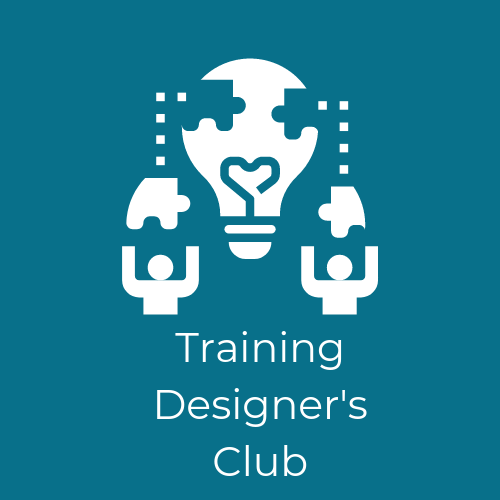As a rule, we human beings like to have an easy life. There is a well-known law in physics that states that an object moving along a system will always choose the path of least resistance i.e. it will naturally select the route that is easiest to negotiate. People are no different. It doesn’t mean to say that we don’t have goals and won’t overcome difficulties. It does mean that where options exist, we are predisposed to choosing the option that requires the least work. This principle is also true of learning.
People are naturally curious and almost everyone is interested in learning new things. However, desire does not always result in action, and this is often because the path seems to be riddled with resistance. As training designers, it’s our job to reduce the amount of resistance that people are likely to encounter in any program. You can do this in three very simple ways:
1. What’s in it for me? (WIIFM). It is the business that tends to commission the training we design, and the business has clear outcomes that it wants to achieve. However this is often of little or no importance to the individual learner. That is why learning objectives have to be written very much from the individual’s point of view. Make it clear how this training will make things easier, quicker, more profitable, or more interesting for them.
2. Fill the gaps. Never leave gaps in our training. We should always make sure that we provide a context and a logical, step-by-step approach to training. We must be careful not to make assumptions about what is known or understood. In my experience, it is better to build these things in – you can always skip over them if they prove unnecessary at the time of delivery.
3. Build on what already exists. If people feel confident, they are more open to learning, and will be more willing to overcome any resistance that they do encounter. Start by affirming what they already know, and link to practices, procedures, and materials that already exist and are familiar. This is one of the fundamental principles of self-directed learning which is highly effective in certain situations, but also applies to more traditional training.
Put simply, you make sure that everyone can see and is committed to the destination. You then fill the potholes, and build bridges along the route. Finally you give everyone a map, and make sure that every junction is clearly signposted. If you follow these simple rules, very few learners will get lost along the way.
